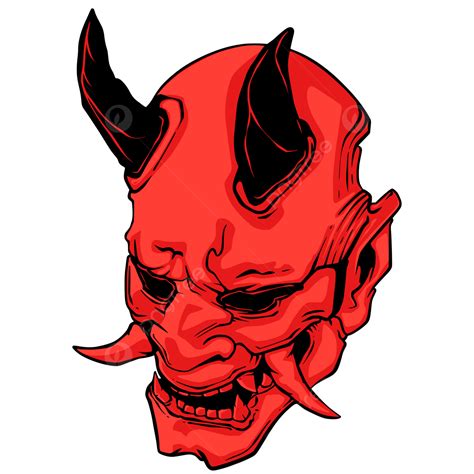Shrub devil’s club

WebThroughout its range in the Pacific Northwest, this fiercely spiked shrub is considered to be the most important medicinal plant amongst the First Nations people who live there. The devil’s club, Oplopanax horridus, is highly valued by the indigenous people wherever it is found and has innumerable uses. Devil’s club is often used to treat inflammatory conditions like arthritis, eczema, and psoriasis. According to one test-tube study, extracts from the leaves of devil’s club reduced multiple markers of inflammation (2). What’s more, the leaves were found to contain several antioxidant compounds, including gallic acid, … See more Some studies show that devil’s club may help block the growth of certain types of fungi and bacteria. According to one older test-tube study, extracts from the … See more Although studies in humans are limited, test-tube studies suggest that devil’s club may help block the growth of certain types of cancer cells. For example, one test … See more
Shrub devil’s club
Did you know?
WebNov 30, 2024 · Devil’s club (Oplopanax horridus) is one of the most important spiritual and medicinal plants to indigenous peoples who lived and still live wherever it grows.Different … WebJun 8, 2024 · Alaskan Eskimos call it “cukilanarpak”… or “big thorn” in their language… because of its prickly outer bark. These northern natives believe that devil’s club has magical powers to ward off evil…. And now modern science is showing how it could BANISH the evils of cancer! You see, LOCKED away in the root bark of this shrub is a ...
http://naturalmedicinalherbs.net/herbs/o/oplopanax-horridus=devil WebJun 8, 2024 · Alaskan Eskimos call it “cukilanarpak”… or “big thorn” in their language… because of its prickly outer bark. These northern natives believe that devil’s club has …
WebIn the rainforest of the Pacific Northwest, there is a large understory shrub named “Devil’s club”. It is noted for its large palmate leaves and erect, woody stems covered in noxious and irritating spines. It is also known as Alaskan ginseng and has similar names, although it is not a true ginsen... WebApr 28, 2024 · The meaning of DEVIL'S CLUB is a spiny western North American shrub (Oplopanax horridus) of the ginseng family having large lobed leaves and stems covered …
WebCoast Salish people have cultivated traditional plants and medicines for thousands of years. Devil’s Club is also known as Oplopananx Horridium is found in cool, shady, and moist or …
WebDevil's club or devil's walking stick is a large shrub primarily native to the cool moist forests of western North America, but also disjunct on islands in Lake Superior. It is noted for its … dichlormethan alternativeWebDevil's club explained. Devil's club or devil's walking stick (Oplopanax horridus, Araliaceae; syn. Echinopanax horridus, Fatsia horrida) is a large understory shrub native to the … dice weighted check microwaveWebNov 6, 2024 · Devil’s club is an erect to slightly spreading, large understory, deciduous thicket-forming shrub that generally grows to 1 to 1.5 meters (3 ft 3 in to 4 ft 11 in) tall. … dic and childbirthWebNoteworthy Characteristics. Aralia spinosa, commonly called devil’s walking stick or Hercules club, gets its common name from the stout, sharp spines found on its leaf stalks, stems and branches.This is a large, upright, suckering, deciduous shrub that typically grows to 10-15’ tall, but infrequently grows as a small flat topped tree to as much as 35’ tall. dichloroethane effectsWebMore info for the term: prescribed fire Hamilton's Research Papers (Hamilton 2006a, Hamilton 2006b) provide information on prescribed fire and postfire response of plant species, including devil's-club, that was not available when this species review dichloromethane acs gradeWebOplopanax horridus (OH), or Devil's club, is an ethnobotanical used by the indigenous people native to the Pacific Northwest of North America. ... shrubs and trees, ... dicey dungeons bansheeWebDevil’s club (Oplopanax horridus (Sm.) Torr. & A. Gray ex. Miq., Araliaceae) is probably the most important spiritual and medicinal plant to most indigenous peoples who live within … dichondra emerald falls